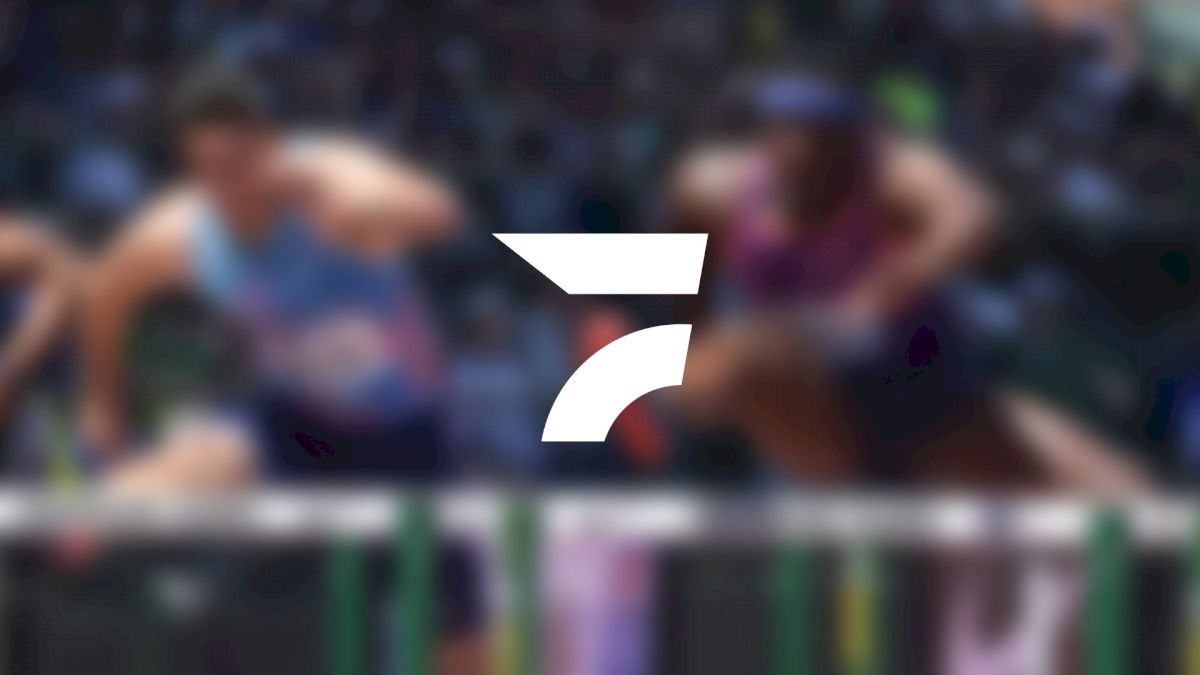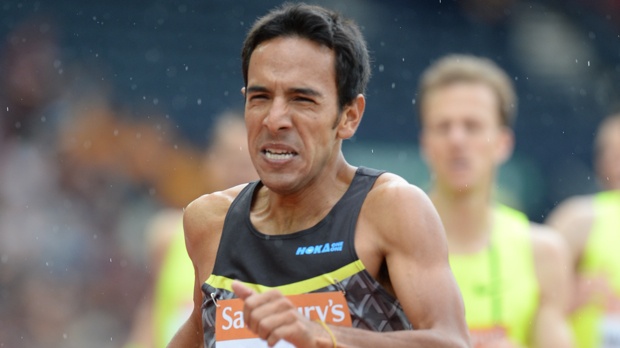adidas Grand PrixJun 12, 2015 by Taylor Dutch
Leo Manzano Talks Training and Transitions in 2015 Season
Leo Manzano Talks Training and Transitions in 2015 Season



By Peter Mallett for FloTrack
A lot has changed in the last year for Leo Manzano. New coach, new agent, new sponsor, and a new focus on the 2015 World Championships in Beijing. Normally, with change comes adjustment and a settling in period. Manzano’s performances over the course of this shift however have managed to excel outside of the norm. After taking on coach John Hayes in mid-April of 2014 he went on to immediate success, taking the title of U.S. 1500m champion in Sacramento, at the June 2014 U.S. Championships in Sacramento, then pulling down a new personal best in the 1500m (3:30.98) at the July 2014, Monaco, Diamond League meet.
Tick forward to the 2015 season and the name of the game has continued to be consistency and steady improvement for Manzano. With his most recent run in the stacked field of the Prefontaine Classic - Bowerman Mile, Manzano clocked a solid 3:53.55 for an 11th place finish, just over two seconds off winner Ayanleh Souleiman (3:51.10) and runner up Matthew Centrowitz (3:51.20). Just prior to this, at Texas Relays Manzano cemented his legacy at his alma mater, University of Texas, by breaking his own 800m meet record with a 1:46.63. He will attempt another 800m at the adidas Grand Prix this Saturday.
With the World Championships just over two months away in Bejing, Flotrack had the opportunity to catch up with Manzano to get some insight into the type of training and preparation he has done to allow him to advance so smoothly into new territory and accomplish his big seasonal goals.
1. You took on coach John Hayes in 2014 after being on your own for a while. How has that worked out for you?
I hired Coach Hayes in mid-April of last year after being without a coach for over six months. Being self-coached was very difficult. I did not have anyone to oversee my workouts or give me a second opinion or feedback. The support a coach can provide is essential to stay motivated and feel more confident. In terms of training, it is hard to know when to do more or less, a coach can provide useful advice. But now with the guidance of a coach, it is easier to know where you are at in your workouts. I definitely appreciate having coach Hayes on site for the hard workouts, as it also motivates me to do more, and do a better job.
2. You mention in a recent Flotrack interview after your new 800m record at Texas Relays that you’ve been working on speed/ endurance, that it was missing in your training prior to that point in time. How exactly would you define speed, endurance?
Right before Texas relays 2015, most of my training had been geared towards increasing strength in running and training - by working on doing tempos, fartlek’s and long runs.
I would define speed endurance as the training that can improve your ability to run at a race/goal pace for an extended amount of time. More specifically in middle distance running 400/800/1500/Mile pace.
Speed endurance is usually started after the base training phase. An example would be to do intervals of anything between 300’s-1000’s at close to race pace. It could look something like this 3x600 plus 3x300. Or something similar.
3. You also mentioned that you’ve built in more fartlek’s, tempos and longer distance runs into your training. What does that look like for you?
Yes, this year and last year, I have done more fartlek’s, longer runs and have built up to 8 mile tempo’s. My average mileage per week during the base phase is of about 70-85 miles. This type of training is intended to make you a stronger runner and it gives you a better base for when you want to get faster. Having this strong base of mileage and strength running allows for my body to get accustomed to the faster shorter speed endurance running a lot faster.
4. Your home base is Austin but you train in various places during various parts of the year.
Yes, I have gone to San Luis Potosi every year since January 2009 for altitude training. I have also trained in Albuquerque, New Mexico in February or March a few times. When I do altitude training, I like to spend a good four weeks there. Depending on the year and the racing schedule I could go either once or twice per year.
I currently train here in Austin, Texas because I feel like it has everything I need. The running community in Austin is also very supportive and the spaces available for training are just what I need. The local resources and community support allow me to train and continue improving. I also train under the direction of University of Texas Strength Coach Trey Zepeda on a regular basis. Austin, Texas is definitely the place to be and I am happy to call it home.
5. What does this weight routine look like?
I am in the weight room anywhere from 4-6 times a week depending on my running workouts, which vary. In the mornings, I do my own routines for all around body work. The routines consist of core, general strength work, stability exercises.
When I am a working with Trey Zepeda (University of Texas Coach) we do core, stretching, and then we usually work on some type of leg work. There is no particular cycle, it just depends on how I feel and what I think I can handle in terms of weights or reps. Something that we might build in would be hang clean weights, which can be varied.
6. You’ve made it very clear that you are targeting a defense of your 2014 1500 meter national title and then worlds. You also just recently raced the Prefontaine Classic in the Bowerman mile against a stacked field. You won the International mile there last year. What were your expectations at this meet, and what are they going forward to Beijing?
I was very excited about this race. Two years ago, especially after I was left unsponsored, many believed that I would retire from the sport. However, I was not about to let that happen because I knew that my abilities were still there and more importantly, I did not want to give up what I love. Now, thanks to the current training and renowned sense of motivation, I was looking forward to getting out there, do my job, and have a great race. As always, the goal was to go for the win and chase a fast time!
For the rest of the remaining season, I plan to continue training hard to improve my performances and defend my National title. After that, I will move on to the World champs in Beijing with the goal of bringing in another medal for the USA. I have too many people supporting me, that it is the very least I can attempt to do.